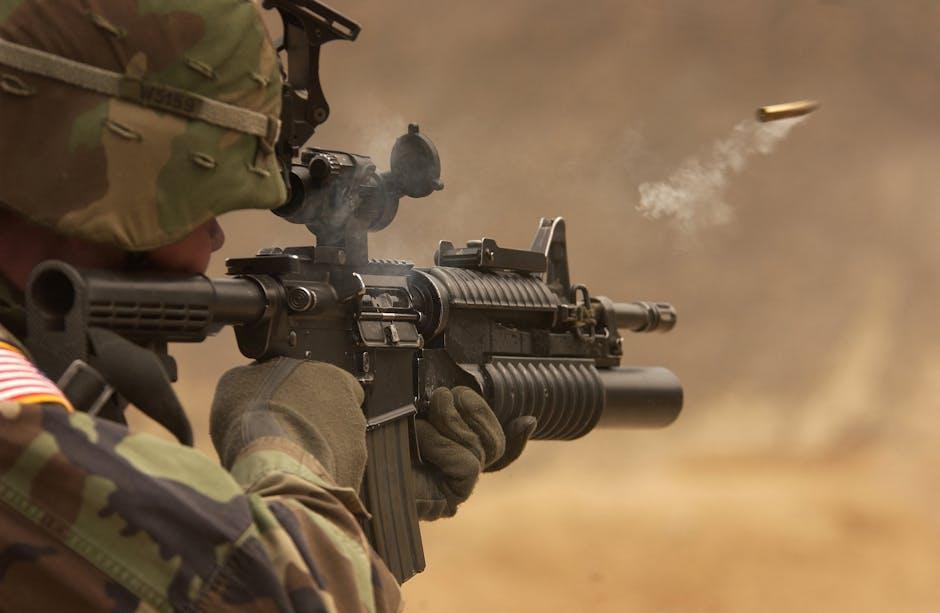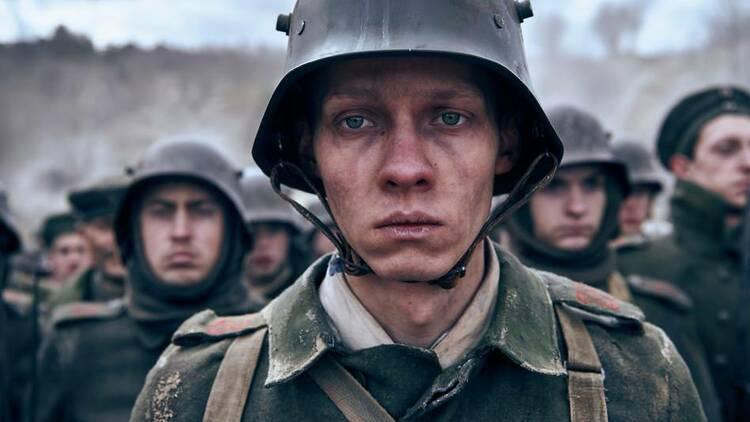War movies have long captivated audiences with their dramatic depictions of battle, heroism, and sacrifice. However, these cinematic portrayals often raise critical questions about the balance between entertainment and reality. As filmmakers strive to engage viewers, the line between glorifying conflict and conveying the unvarnished truth becomes increasingly blurred. This article delves into the complex relationship between war films and their impact on public perception, examining whether these movies serve as a glorified spectacle or a genuine reflection of the harsh realities of warfare. By analyzing various cinematic techniques, narrative choices, and historical accuracies, we aim to uncover the multifaceted role of war movies in shaping societal attitudes towards conflict.
Portrayal of Heroism and Valor in War Films
The depiction of heroism and valor in war films often straddles the line between historical representation and narrative dramatization. While some movies aim to authentically capture the chaos and courage inherent in conflict, others may embellish these elements to craft a more engaging story. In many cases, filmmakers face the challenge of balancing the raw truth of warfare with the compelling arcs of characters who exhibit extraordinary bravery. This sometimes results in a portrayal that can be seen as glorifying conflict, potentially overshadowing the grim realities faced by soldiers on the battlefield.
- Heroic Archetypes: Characters are often depicted as larger-than-life figures, whose actions inspire awe and admiration.
- Cinematic Techniques: Use of slow-motion sequences and triumphant musical scores to enhance the perception of valor.
- Narrative Focus: Stories may prioritize individual acts of bravery over the collective suffering and complexity of war.
While these elements can create compelling cinema, they may also contribute to a narrative that oversimplifies the intricate and often harrowing experiences of war. It is crucial for audiences to discern between the artistic liberties taken in storytelling and the multifaceted truths that underscore real-life conflicts. Such awareness ensures a more nuanced understanding of both the sacrifices made and the moral complexities involved in warfare.

Historical Accuracy Versus Cinematic Narrative
In the delicate balance between historical accuracy and cinematic narrative, filmmakers often face the challenge of deciding how to portray war events. The pursuit of an engaging story can sometimes lead to a distortion of facts, as directors aim to create a compelling narrative that captures the audience’s attention. This artistic license can manifest in various forms:
- Simplification of complex events: To fit the constraints of a film’s runtime, intricate military strategies and political contexts are often reduced to easily digestible plot points.
- Dramatization of personal stories: Characters may be fictionalized or their experiences exaggerated to evoke emotional responses from viewers.
- Visual spectacle over authenticity: Battle scenes may prioritize special effects and choreography over realistic depictions to enhance entertainment value.
While these elements can enhance a film’s dramatic impact, they may also contribute to a glorified perception of war, overshadowing the harsh realities faced by those who lived through the conflict. Thus, the tension between staying true to history and crafting an engaging cinematic experience continues to provoke debate among filmmakers and audiences alike.

Impact of War Movies on Public Perception of Conflict
War movies have a profound influence on how the public perceives conflicts, often shaping their understanding of complex geopolitical issues. While some films strive for authenticity, offering viewers a gritty and unvarnished look at the realities of war, others may inadvertently—or sometimes intentionally—romanticize combat and heroism. This cinematic portrayal can impact public perception in several ways:
- Historical Accuracy: Films that prioritize historical accuracy can provide educational value, helping audiences comprehend the multifaceted nature of conflicts. However, even slight deviations from facts can skew perceptions, leaving viewers with misconceptions about historical events.
- Character Archetypes: The portrayal of soldiers and leaders as heroes or villains can simplify the moral complexities of war, leading to a binary understanding of good versus evil, rather than recognizing the nuanced motivations and ethical dilemmas faced by individuals in conflict.
- Emotional Engagement: War movies often use intense emotional narratives to engage viewers, which can evoke strong feelings of patriotism or animosity. This emotional manipulation might overshadow critical thinking, affecting how audiences interpret real-world conflicts.
In essence, the impact of war movies on public perception is shaped by a delicate balance between storytelling and truth-telling, with the potential to either enlighten or mislead audiences depending on the narrative choices made by filmmakers.

Recommendations for Balanced Storytelling in War Cinema
To achieve a more balanced approach in war cinema, filmmakers should consider several key recommendations. Firstly, it’s crucial to emphasize diverse perspectives by including voices from all sides of the conflict. This can help provide a more nuanced view and avoid one-dimensional portrayals. Secondly, filmmakers should focus on the human cost of war, not just the tactical maneuvers or military strategies. Highlighting the impact on soldiers, civilians, and families can create a deeper emotional connection and convey the true repercussions of warfare.
Moreover, adopting a realistic portrayal of events is essential. This involves extensive research and consultation with historians, veterans, and experts to ensure accuracy. Filmmakers should also strive to balance action with introspection. While battle scenes are often necessary, providing moments of reflection and dialogue can offer audiences a broader understanding of the moral complexities involved. Lastly, considering the aftermath of war is critical. Addressing themes of reconciliation, rebuilding, and healing can provide a comprehensive narrative that extends beyond the battlefield.
In Conclusion
the portrayal of war in cinema is a complex interplay between artistic expression, historical interpretation, and societal impact. While some films may indeed glorify conflict, emphasizing heroism and valor at the expense of realism, others strive to present an unvarnished depiction of the horrors and moral ambiguities inherent in warfare. The dual potential of war movies to either illuminate or distort the realities of conflict underscores the importance of critical engagement from both filmmakers and audiences. By recognizing the power of cinematic narratives, we can better discern the line between dramatization and glorification, ensuring that these stories contribute meaningfully to our understanding of war’s multifaceted nature. Ultimately, whether war movies tell the truth or romanticize violence often depends on the intentions behind their creation and the perspectives they choose to amplify. As consumers of these narratives, our role is to approach them with an analytical mindset, appreciating the artistry while remaining vigilant about the messages conveyed.







































